Not so great many selves| Man and Mosquito
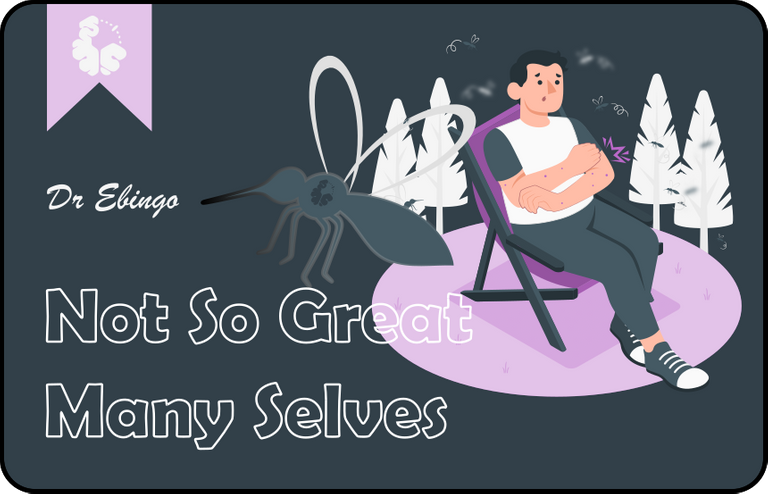
If you spend time at night outdoors you will soon notice that mosquitoes will be gathering around you singing their annoying songs, telling you it is time to go back indoors or if you are a warrior you’ll stay and fight them off till you have achieved all that you were outdoor for.
What if I told you that these mosquitoes are just a few that were produced after mating? One female can produce up to 600 offspring before she dies. That means a puddle of water can have thousands if not tens of thousands of these bloodthirsty creatures ready to go out into the world.
After these mosquitoes are produced a good number of them die. This will generally depend on the factors like the availability of puddle water for the mosquitoes to reproduce, and the safety of this puddle water from physical, chemical and mechanical stressors.
A human being can produce more than one child, but this is an exception. In fact, only about 3 in a hundred births are estimated to be twin births and higher numbers are expected to be very low (triplets are 1 in 10,000).
Could there be any utility in this?
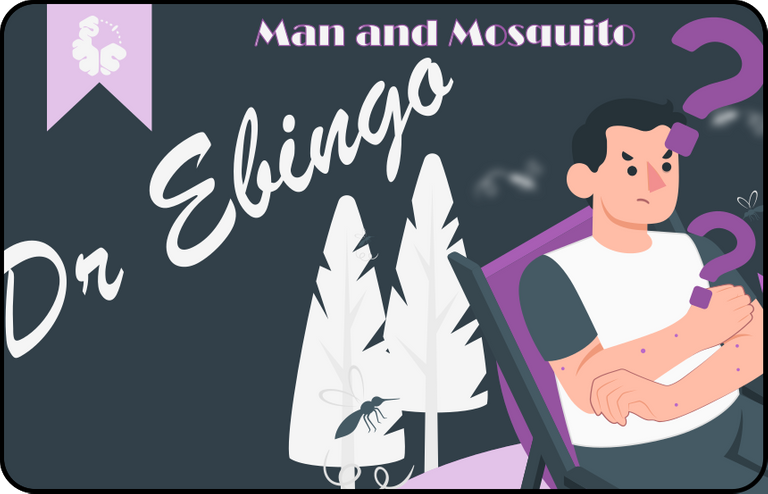
The obvious trick the mosquito is playing with ecology is one of numbers and if humans wanted to play that trick it would require artificial insemination to ensure the highest probability that it would be achieved and even that poses a threat to the mother's life and requires monitoring and for its success.
The chances of the woman surviving gestation and parturition are also significantly reduced. With twins, there is a greater risk (between 3 to 7) of having injuries while giving birth or dying.
The European rabbit can give birth to 360 offspring and only about 15% of those offspring survive. Discovery wild Magazine writer James Fair says it is the mammal with the most offspring.
Obviously, these rabbits do not die in a puddle of water like our favourite “winged DJ” the mosquito but because they dwell on land and do not have the size to put on much of a fight they are prey to wild dogs, foxes wolves and the like.
But all this does not explain why humans who are also vulnerable produce offspring in such a small number.
According to Britannica other primates also do not give birth to multiple progenies in one go.
So why do humans function this way?
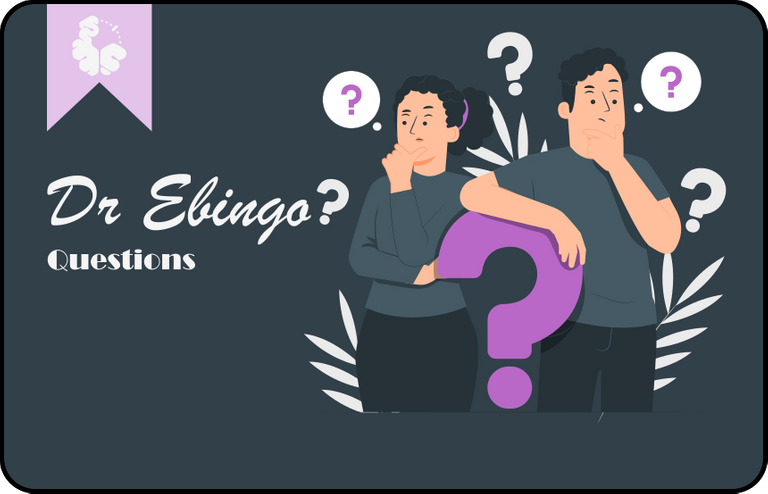
Who would you agree would have the answer to these questions? The sciences? I mean this is a science blog post after all but who would we turn to for the answers to the differences in animal functionality from an evolutionary standpoint?
So the answer is in the question...
If it is true that humans evolved from single-cell organisms in order to properly analyse the birth number our analysis has to start from there.
When cells replicate they do so in seconds and the daughter cells formed also do the same and those do the same and this goes on.
Somewhere along the line of evolution organisms “thought” it would be nice to form tissue as tissues could better utilize the environment when compared to cells. An example of an animal that is organized into tissue is the Jellyfish.
The Jellyfish

Living at the surface of the ocean around 200 meters below the surface are jellyfish, floating, feasting as they do on other plankton.
One Jellyfish without much “thought” produces 40,000 offspring. I say without thought this time because Jellyfish only possess neural cells all over their body, organized to form several meshes around their body and the tentacles. The nervous tissue can generate action potential to help the jellyfish move through the sea BUT THE JELLYFISH DOES NOT HAVE A BRAIN.
What is the Jellyfish thinking
Nothing really, absolutely nothing. It is just floating, existing, reproducing and dying. Dying at a very fast rate I have to add because at 1 offspring per day over its life span of 3 years and its 5 cm surface area, the jellyfish have covered the banks of the Black Sea costing the US government close to $350 million in loses to tourism and fishing according to a 2006 article.
But jellyfish do this without much “thought” considering they do not have a brain.
If these were worms I think it would be safer to blame them for their destruction at least to a greater extent than the jellyfish because the earthworm living beneath the earth is the smallest animal with a brain.
If earthworms had to achieve this it would take a lot of organization and not just mindless floating like the jellyfish also there would have to be a lot of reproduction in the process seeing as one earthworm in its best attempts can only produce 600 per year.
If you put more “thought” into it you begin to realize that there is a relationship between neural sophistication and offspring number.
Who cares?!
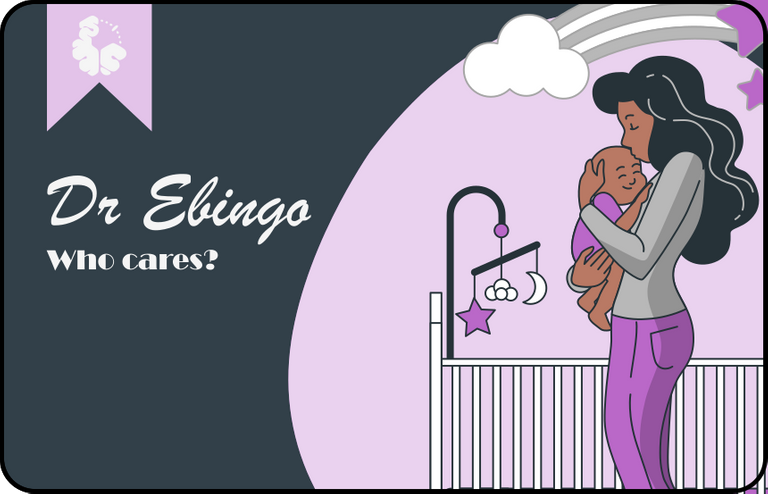
Who else more than humans? Not about this topic precisely but yes this topic included…which animal would be able to care for 40,000 infants at a time? I guess that is why the mother jellyfish turns a “blind eye” as she produces one jellyfish every day and gets on her way. (I mean this figuratively as the specie has no sexes)
Even the earthworm (which is so brilliant in comparison to the jellyfish) produces so many offspring but still does not care as much as we do.
We care so much that we produce one infant and one is enough for the troubles of the environment. We are not alone in this other mammals with join in halving their infant population with increased care.
I guess these mothers “thought” they could only care so much, with humans being the most thoughtful of all and most caring.
Humans have the longest period of maternal care, that is even after the Orangutan that cares for its infants for 8 years.
Questions
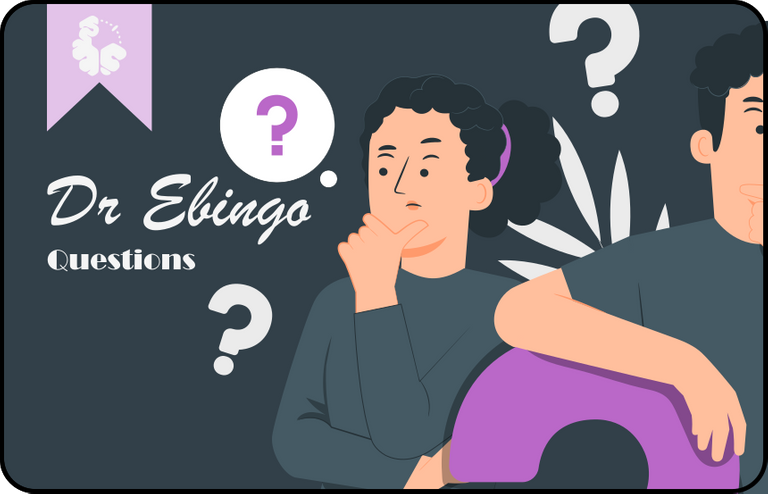
- If only sophisticated minds care to duplicate themselves less does that mean that thought creates duplicates of itself?
- Does thought provide us with more lives than the thoughtless jellyfish?
- Is this why when our thought does not go as planned we feel the pain of the death of that self?
Let me know what you think in the comment section below.
Also, check out my Fiverr page to book an illustration job.
References
- CDC
- Reproductivefacts.org
- NCBI
- Science Direct
- Discover Wildlife
- Wikipedia
- Britannica
- Byjus
- Tail and Fur
Picture Referrence
- People illustrations by Storyset
- Image by storyset on Freepik
- Image by storyset on Freepik
- Image by storyset on Freepik
- Image by storyset on Freepik
For the most part, plants do little for their offspring other than what nutrition exists in the fruit that hold the seeds. This means that most of the life on this planet is just a numbers game.
I suspect that there is a much smaller percent of acorns that successfully turn into oak trees than there are larvae that turn into mosquitoes.
When one considers the entire evolutionary process, it took a huge amount of biological activity on this planet before it was able to generate a species that was literate and capable of engaging in rational discourse.
!WINE
Congratulations, @irivers You Successfully Shared 0.100 WINEX With @ebingo.
You Earned 0.100 WINEX As Curation Reward.
You Utilized 1/1 Successful Calls.
Contact Us : WINEX Token Discord Channel
WINEX Current Market Price : 0.154
Swap Your Hive <=> Swap.Hive With Industry Lowest Fee (0.1%) : Click This Link
Read Latest Updates Or Contact Us
Yeah, so true...I should have started with plants...they really do not care...
Animal behaviour is so interesting...Thank you for stopping by.
Thanks for your contribution to the STEMsocial community. Feel free to join us on discord to get to know the rest of us!
Please consider delegating to the @stemsocial account (85% of the curation rewards are returned).
You may also include @stemsocial as a beneficiary of the rewards of this post to get a stronger support.
Pretty thought-provoking when you comb through the stats.
!discovery 31
Thanks...Took some deep thinking to come up with
This post was shared and voted inside the discord by the curators team of discovery-it
Join our community! hive-193212
Discovery-it is also a Witness, vote for us here
Delegate to us for passive income. Check our 80% fee-back Program